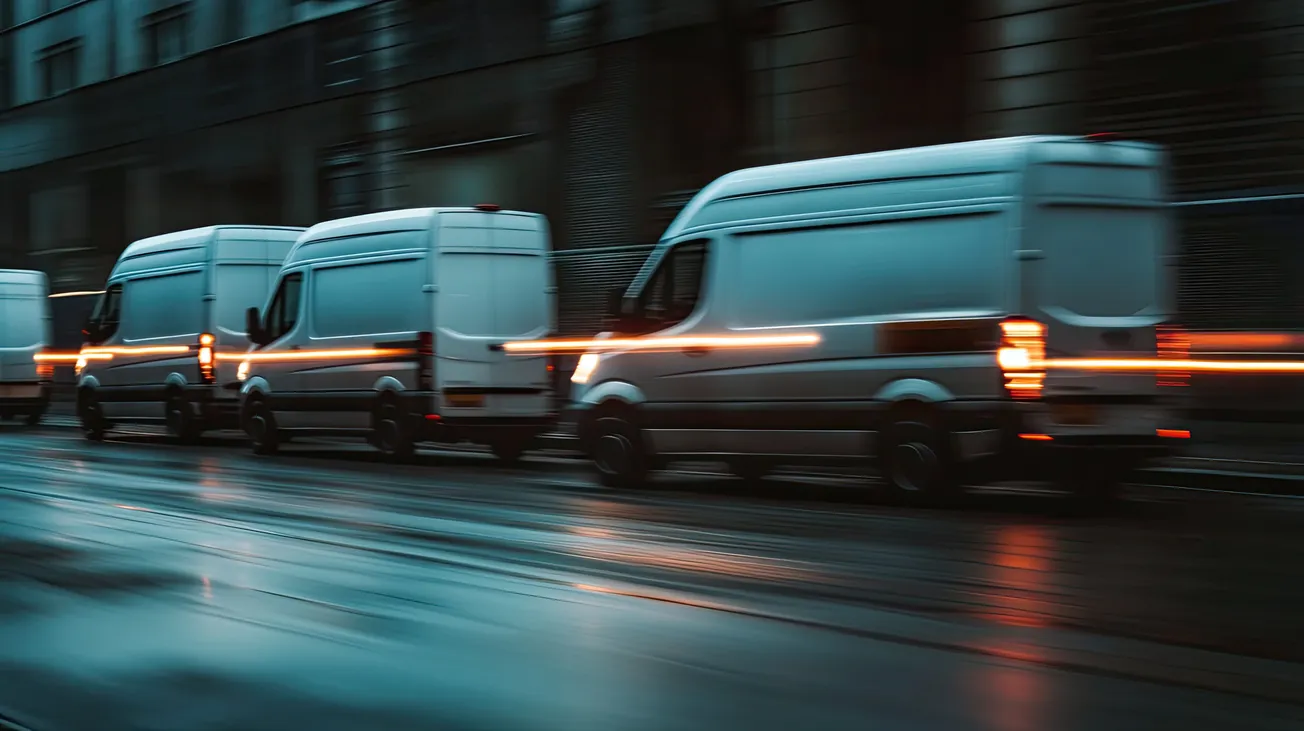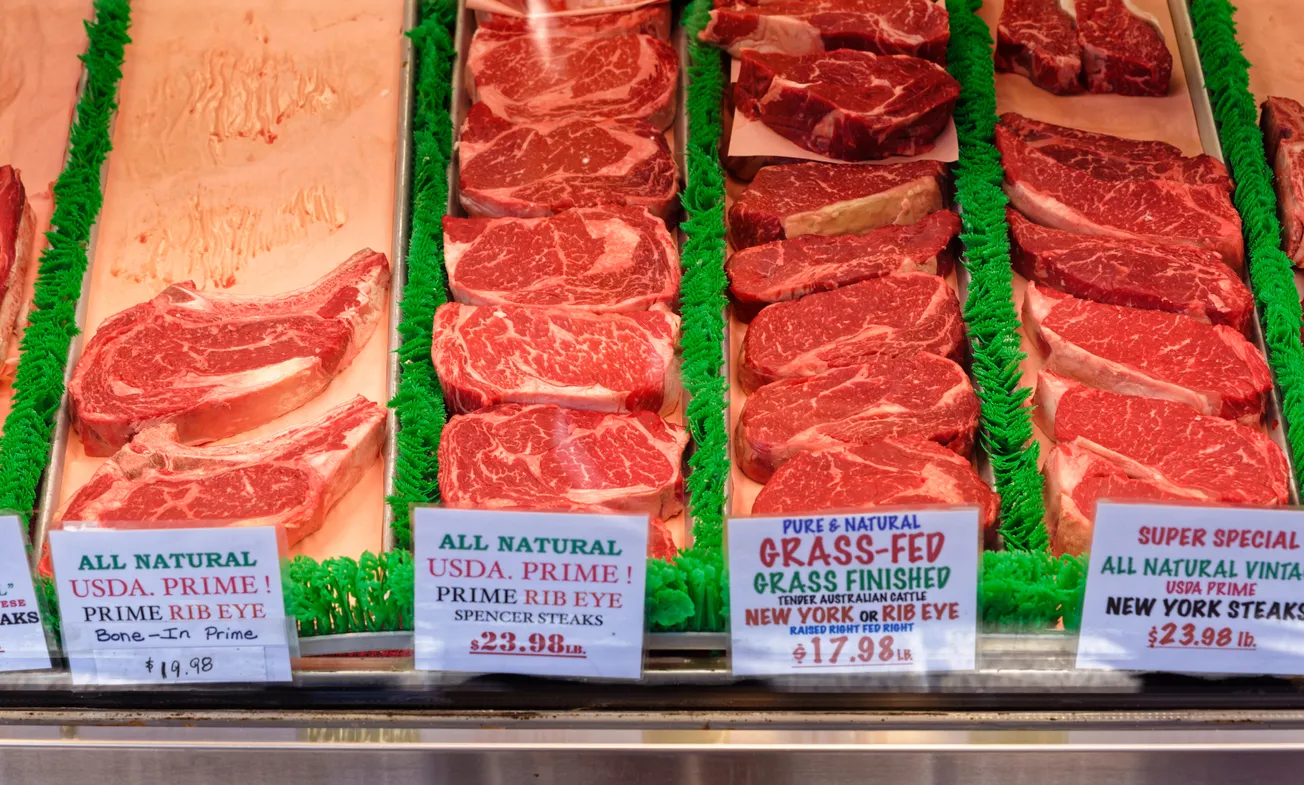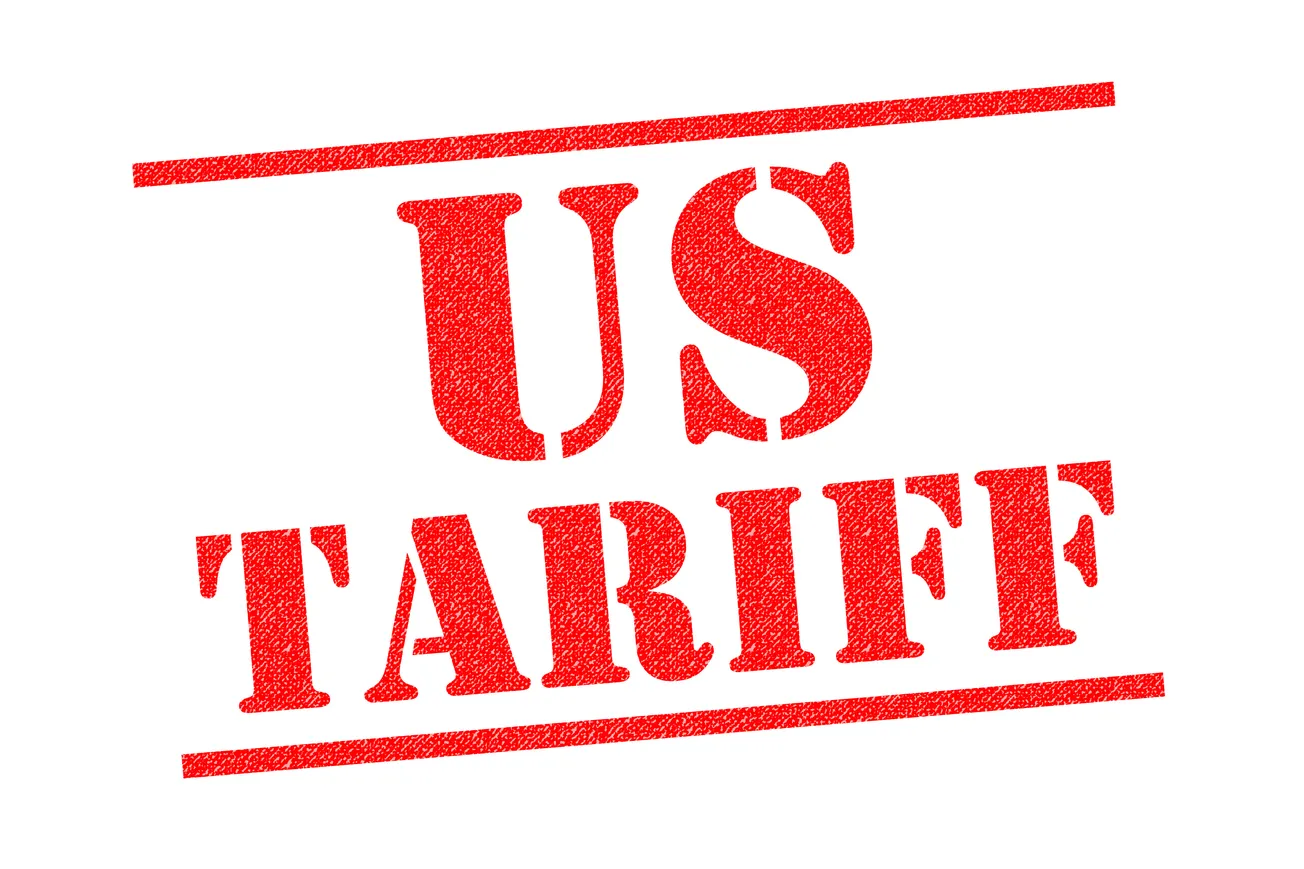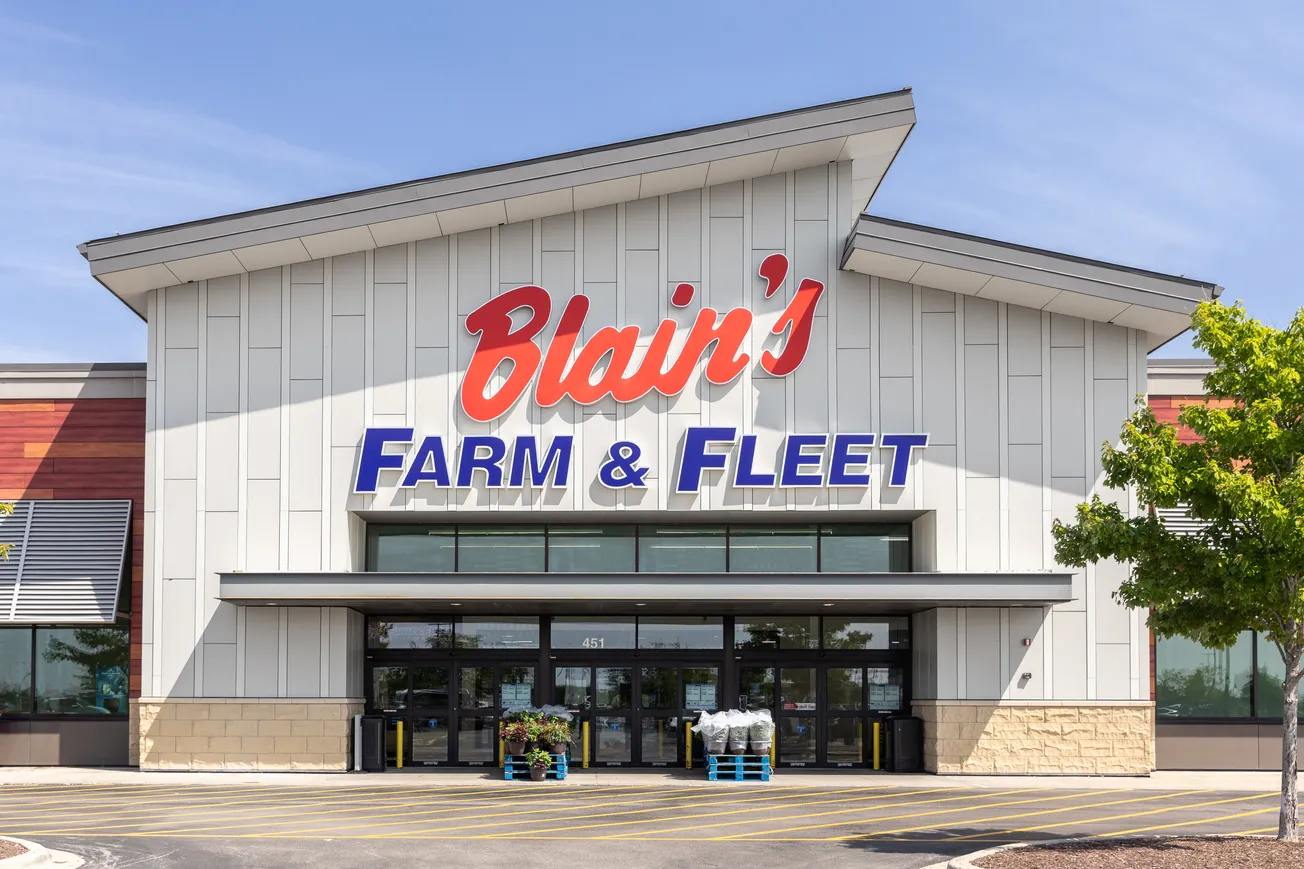Walmart’s aggressive expansion into delivery logistics is emerging as a serious challenge to Amazon’s long-standing dominance in e-commerce fulfillment. With a strategy rooted in leveraging its vast physical retail network and investing in cutting-edge technology, Walmart is rapidly closing the delivery gap.
Analysts and industry observers increasingly point to Walmart as the only U.S. retailer with the infrastructure, scale, and capital to mount a legitimate defense—and possibly an offense—against Amazon’s market control.
While Amazon continues to dominate in terms of total e-commerce volume and logistics capacity, Walmart’s physical footprint of over 4,700 U.S. stores gives it a strategic edge in last-mile delivery. By converting these stores into local fulfillment hubs, Walmart is achieving faster delivery in many regions, matching or even exceeding Amazon's performance in certain markets.
This shift has elevated Walmart from a traditional brick-and-mortar chain to a serious player in the tech-driven logistics race.
Walmart Ramps Up Delivery Capabilities
In early 2025, Walmart announced that its GoLocal white-label delivery service—launched in 2021—now completes deliveries from more than 5,000 business locations.
The service, which allows third-party retailers to tap into Walmart’s delivery network, has grown rapidly, surpassing 30 million deliveries to date. This expansion underscores Walmart’s intention not only to enhance its own delivery network but also to become a third-party logistics provider, akin to Amazon’s Fulfillment by Amazon.
To improve delivery efficiency, Walmart has scaled its network of pickup points to more than 16,000 locations and optimized its delivery routes to support greater package density.
As a result, in 2024, Walmart achieved five billion same-day deliveries—double the figure from the year prior. This exponential growth highlights Walmart’s increasing logistical capabilities and its ability to serve both urban and suburban markets with greater speed and lower cost.
Investing in Drone and Rapid Delivery Technology
Walmart has also moved aggressively into drone delivery, partnering with tech firms like DroneUp and Wing.
These partnerships have enabled Walmart to establish operational drone delivery hubs across multiple states, including a stronghold in Texas. Drones are currently used for rapid delivery of smaller items, with flight times often under 30 minutes. In October 2024, Walmart expanded its delivery offerings to include 30-minute prescription deliveries, marking its entry into healthcare logistics and further broadening its last-mile ecosystem.
These moves are supported by Walmart’s 2023 unveiling of a next-generation supply chain model. This model integrates its physical stores, Sam’s Clubs, and fulfillment centers into a unified system driven by automation and advanced analytics. The system is designed to process orders more efficiently, cut delivery times, and respond dynamically to shifting consumer demand.
Amazon Innovates to Stay Ahead
Amazon, for its part, has not been idle. The company continues to invest in technology and logistics to maintain its leadership.
In October 2024, Amazon introduced Vision Assisted Package Retrieval, a new system installed in delivery vans that uses spotlighting to guide drivers to the correct package more quickly. This innovation is expected to reduce delivery times and increase efficiency across thousands of routes.
Amazon plans to integrate this system into 1,000 Rivian electric delivery vans by early 2025, with a goal of deploying 100,000 such vehicles by 2030. This initiative is part of Amazon’s broader commitment to sustainability and fleet modernization. In early 2025, Amazon also ordered over 150 electric heavy goods vehicles, further advancing its eco-friendly logistics goals.
Prime Air and End-to-End Supply Chain Services
Amazon’s drone ambitions remain central to its long-term logistics vision. Having launched Prime Air in 2013, the company has gradually moved from concept to execution. In 2024, Amazon secured FAA approval to operate its Mk30 drone beyond the visual line of sight, allowing for more scalable deployment.
That same year, Amazon applied to launch drone deliveries from its Darlington, England warehouse, signaling its intention to scale drone operations internationally. The company aims to conduct 500 million drone deliveries annually by 2029.
In September 2024, Amazon took a major step by launching “Supply Chain by Amazon,” a comprehensive logistics platform for third-party sellers. This end-to-end solution encompasses global shipping, warehousing, order fulfillment, and last-mile delivery, placing Amazon in direct competition with traditional logistics firms.
The company is also reportedly exploring the less-than-truckload (LTL) freight market, which would allow it to transport bulk goods without third-party carriers, increasing control over shipping timelines and cost.
Implications for Traditional Logistics and Postal Services
As Walmart and Amazon expand their proprietary delivery networks, traditional logistics providers such as FedEx, UPS, and the United States Postal Service face growing disruption.
With both retailers increasingly serving third-party businesses, these networks are evolving into full-service logistics platforms. Their scale and technological investment present formidable competition to legacy carriers that lack the same level of integration between retail and logistics.
This transformation is likely to reshape the U.S. logistics landscape. Small and mid-sized retailers may gravitate toward Walmart or Amazon for fulfillment services, drawn by lower costs and faster shipping speeds.
Meanwhile, public services like USPS could experience volume losses that may require adjustments in pricing or service models to remain competitive.
A Retail Delivery Rivalry That Will Define the Future
While Amazon still holds the upper hand in total logistics infrastructure and e-commerce dominance, Walmart is closing the gap at an accelerating pace. By leveraging its store network as a distributed fulfillment engine and expanding into tech-enabled logistics services, Walmart is building a delivery network that rivals Amazon’s in speed, scale, and customer reach.
Industry analysts recognize that Walmart may not reach Amazon’s overall digital marketplace scale, but its investments in delivery innovation, combined with a focus on higher-margin and premium items, have positioned it as the most viable competitor in the U.S. market.
As both companies continue to invest in automation, AI, electric vehicles, and drones, the competition will shape the next decade of retail and redefine how products are delivered to American consumers.









